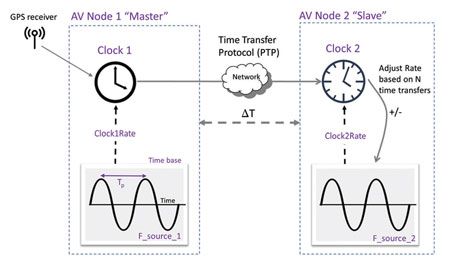It does make one wonder what the punishment will be.
The ministry would monitor, take action against those who slander, insult and cause hatred for gov’t and leaders.
It does make one wonder what the punishment will be.
The ministry would monitor, take action against those who slander, insult and cause hatred for gov’t and leaders.

DARPA’s top scientists should be advising the UN if they’re not already. Their predictions are realistic and are in tune with tech. BTW — this article was originally posted in mid-Dec 2015; however, it has been reposted due to editor corrections.
This sounds exciting.

We talked to Paul Dillinger, Levi’s VP of Global Product Innovation, on how the company is using the future of textile tech with Google’s Project Jacquard.

DARPA already has proven that it will make its dreams into reality — not the reality everyone agrees with, but we should take note of their predictions.


Forget that Hollywood live-action adaptation nonsense, scientists and researchers in Japan are trying to turn the world of Ghost in the Shell into reality.
The Ghost in the Shell Realize Project, which launched in 2014, fosters projects and ideas inspired by the famed sci-fi manga and anime.

The Tesla is worth only $500. She’s just a child. Car go up to 9 KM / H, corresponding to the speed of the jogging. Little Model S, like the “grown up” Tesla, charging from the network.
In other news on technologies: http://hightech.fm/

Beautiful — a new treatment to cure repeatable occurrences of blood related cancers.
New Cancer Therapy Could Give Hope To ‘Incurable’ Patients.
This could be the future of cancer treatment.

It’s like some kind of surrealistic, never ending nightmare! Eeek.
Sleeping too well lately? Looking for that “something something” to turn those boring restful nights into a horrorscape? Turns out, zooming in too far on Google Maps’ user-uploaded 3D Spheres produces some impressively fucked up images.
Digital artist Kyle F. Williams has been collecting some of the weirder glitchy images Google Maps turns up when you zoom in too close on some of its 3D spheres. Some look like that photo in Back to the Future where the kids slowly fade. Others look like Picasso took some bad ketamine and got Photoshop:

I learned something new today; the first fax machine was built in 1860; and using the Nodal Clock for more accurate timestamping of real-time media IP signals and future event handling.
When transmitting an image from a sender to a receiver some notion of synchronization is required. In the 1860s Giovanni Caselli invented the Pantelegraph (a fax) that used a pendulum clock to regulate the transmitter’s scanning stylus and the receiver’s writing stylus.
In our day, “black-burst sync” and “tri-level sync” were used to align video signals in a facility. Now with Ethernet/IP taking the reins, synchronization may be achieved with common nodal clocks. The essence is for a “slave node” to lock its clock to a “master node” clock. Common node clocks can be used to create sync as will be shown. The SMPTE ST 2059 family of standards and the IEEE-1588 V2 Precision Time Protocol (PTP) standard are the basis for facility clocking and signal synchronization using IP networks.
The fundamental metrics of synchronization are time, frequency and phasing. From Fig. 1, each node has an individual clock with a time of day (ToD with date) that is governed by a frequency source or “time base.” By way of example, the time base may be 60 cycles per second (Tp = 1/60) or some other constant value. The signal is shown as a sine wave, but other periodic signals will do. Clock 1 is typically locked to a GPS time source in some manner.